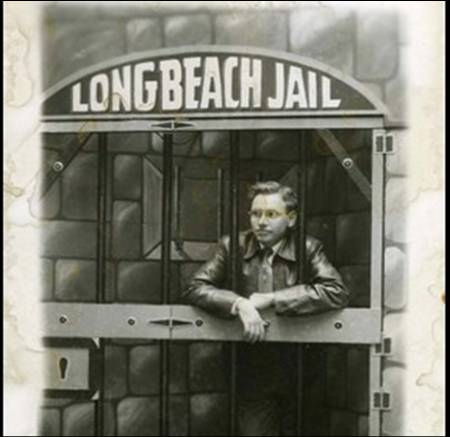Continuation of our series on portfolio management and the Buffett Partnership Letters, please see our previous articles for more details. Duration
“An even more dramatic example of the conflict between short term performance and the maximization of long term results occurred in 1966. Another party, previously completely unknown to me, issued a tender offer which foreclosed opportunities for future advantageous buying…If good ideas were dime a dozen, such a premature ending would not be so unpleasant…However, you can see how hard it is to develop replacement ideas…we came up with nothing during the remainder of the year despite lower stock prices, which should have been conducive to finding such opportunities.”
We previously wrote about “duration risk” for the equity investor in relation to Buffett’s 1965 letter:
“…duration risk is a very real annoyance for the minority equity investor, especially in rising markets. Takeout mergers may increase short-term IRR, but they can decrease overall cash on cash returns. Mergers also result in cash distributions for which minority investors must find additional redeployment options in a more expensive market environment.”
Here is Buffett openly articulating this exact problem one year later in 1966. While increased short-term returns are good, duration creates other unwanted headaches such as finding appropriate reinvestment opportunities.
Liquidity, When To Buy, When To Sell
“Who would think of buying or selling a private business because of someone’s guess on the stock market? The availability of a quotation for your business interest (stock) should always be an asset to be utilized if desired. If it gets silly enough in either direction, you take advantage of it. Its availability should never be turned into a liability whereby its periodic aberrations in turn formulate your judgments.”
Market liquidity should be used as an advantage. It’s important to harness the power of liquidity in an effective & productive manner. Of course, leave it to us humans to turn something positive into a force of self-destruction!
Clients, When To Buy, When To Sell
Next time your clients ask you to time the market, be sure to read the following script prepared by Warren Buffett:
“I resurrect this ‘market-guessing’ section only because after the Dow declined from 995 at the peak in February to about 865 in May, I received a few calls from partners suggesting that they thought stocks were going a lot lower. This always raises two questions in my mind: (1) if they knew in February that the Dow was going to 865 in May why didn’t they let me in on it then; and (2) if they didn’t know what was going to happen during the ensuing three months back in February, how do they know in May? There is also a voice or two after any hundred point or so decline suggesting we sell and wait until the future is clearer. Let me again suggest two points: (1) the future has never been clear to me (give us a call when the next few months are obvious to you – or, for that matter, the next few hours); and, (2) no one ever seems to call after the market has gone up one hundred points to focus my attention on how unclear everything is, even though the view back in February doesn’t look so clear in retrospect.”
When To Buy, When To Sell
“We don’t buy and sell stocks based upon what other people think the stock market is going to do (I never have an opinion) but rather upon what we think the company is going to do. The course of the stock market will determine, to a great degree, when we will be right, but the accuracy of our analysis of the company will largely determine whether we will be right. In other words, we tend to concentrate on what should happen, not when it should happen.”
This is similar to Bruce Berkowitz’s comments about not predicting, but pricing.
In the last sentence, Buffett states that he only cares about “what should happen, not when it should happen.” Is this actually true? Buffett, of all people, understood very clearly the impact of time on annualized return figures.
In fact, BPL’s return goal was 10% above the Dow annually. In order to achieve this, Buffett had to find investments that provided, on average, annual returns 10% greater than the Dow.
Control
“Market price, while used exclusively to value our investments in minority positions, is not a relevant factor when applied to our controlling interests. When our holdings go above 50%, or a smaller figure if representing effective control, we own a business not a stock, and our method of valuation must therefore change. Under scoring this concept is the fact that controlling interests frequently sell at from 60% to 500% of virtually contemporaneous prices for minority holdings.”
There is such a thing as a control premium – theoretically.













